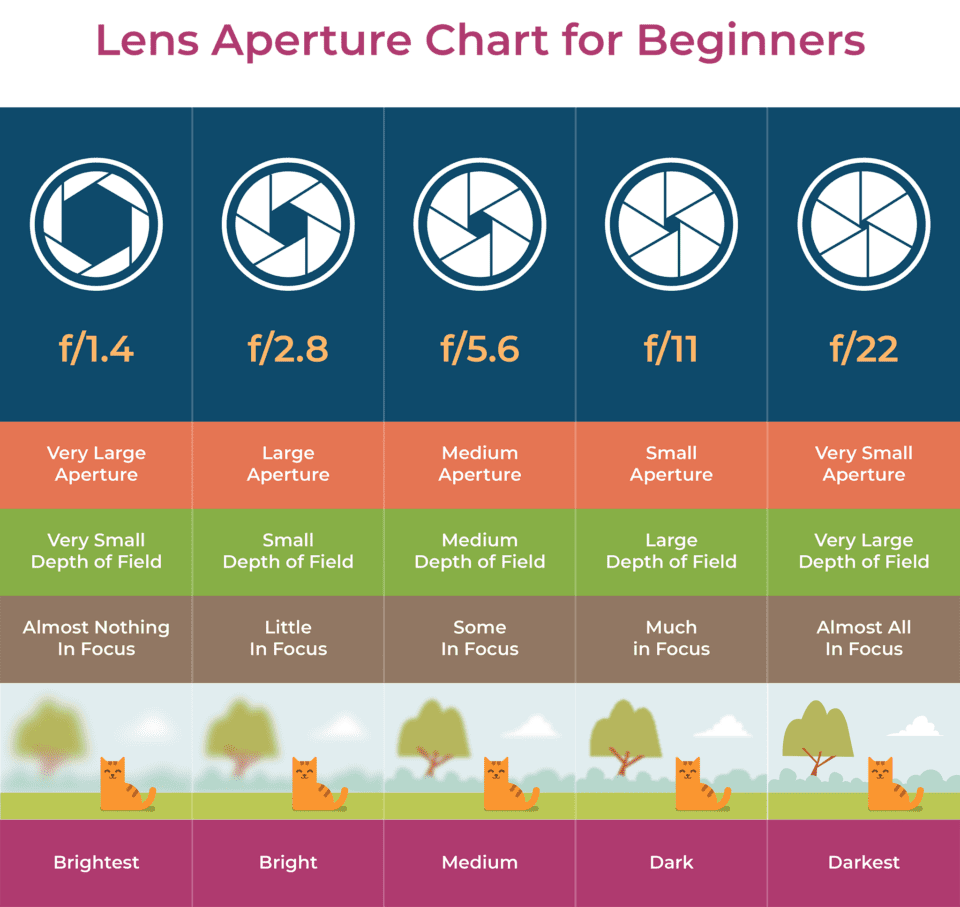Aperture in Photography
Aperture is one of the fundamental pillars in photography, a powerful tool that shapes the aesthetic and mood of your images. Understanding and manipulating aperture can transform your photography, giving you greater control over depth of field and exposure.
What is Arperture?
Aperture refers to the opening in your camera lens through which light passes. It’s measured in f-stops, such as f/1.4, f/2.8, f/8, and so on. The lower the number, the wider the aperture, and the more light that enters the camera. This might sound counterintuitive, but remember: a lower f-stop means a larger opening.

Utilizing arperture
One of the most significant impacts of aperture is on depth of field (DoF). A wide aperture (low f-stop number) yields a shallow DoF, beautifully blurring the background and foreground, perfect for portraits and isolating subjects. Conversely, a narrow aperture (high f-stop number) keeps more of the scene in focus, ideal for landscapes and architectural photography.

Aperture also plays a crucial role in your photo’s exposure. A wide aperture lets in more light, brightening your image. This is especially useful in low-light conditions. A narrow aperture reduces the light entering the camera, preventing overexposure in bright environments.

Beyond technical considerations, aperture allows for creative expression. Experiment with different f-stops to see how they affect your image. A wide aperture can create dreamy, ethereal backgrounds with its bokeh effect, while a narrow aperture can bring clarity and detail to your entire scene.
Remember, aperture doesn’t work in isolation. It needs to be balanced with shutter speed and ISO to achieve proper exposure. This is where the camera’s manual mode can be invaluable, giving you full creative control over the outcome of your images.

Mastering aperture is about understanding how it affects light and depth of field in your images. By manipulating aperture settings, you can dramatically alter the look and feel of your photos, unlocking new dimensions of creative potential. Whether you’re shooting portraits, landscapes, or street scenes, aperture is a key tool in crafting the perfect shot.






